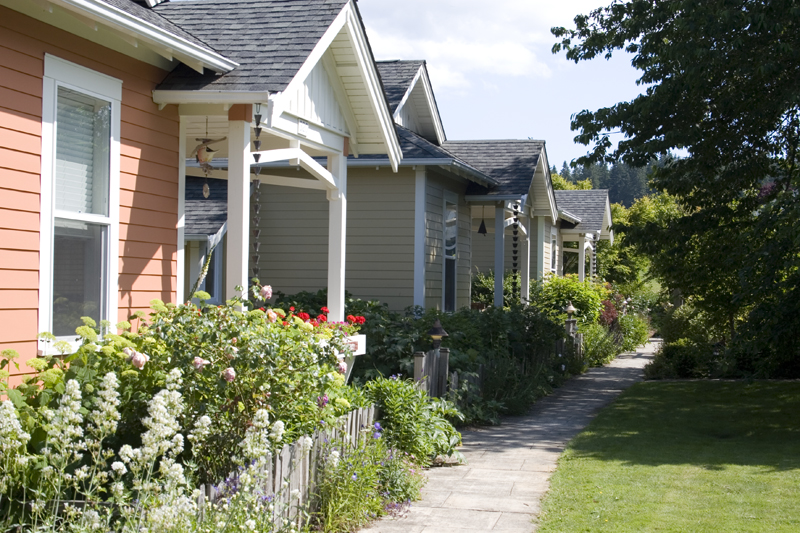The St. Albert Housing Coalition is revisiting HomeShare, an innovative concept that could significantly benefit older homeowners and those needing affordable housing. First introduced in 2020, matching homeowners with individuals seeking a place to live is again a focus.
HomeShare offers more than just renting a room. It’s a reciprocal arrangement where homeowners share their homes. This often combines a monthly rental fee with the renter assisting with household tasks. This help can mean reduced or even free rent for the renter. Canada HomeShare, a national non-profit, supports this intergenerational housing option. It aims to help older adults age in place with dignity and independence. It also fosters understanding between generations and provides affordable housing.
It’s important to know HomeShare doesn’t replace professional home care. Instead, it helps older individuals stay independent in their homes. This is done by finding a compatible housemate to share costs and help with daily tasks. Beyond financial and practical advantages, HomeShare offers social connection and companionship. This can reduce social isolation for both the homeowner and the renter. Students, often seeking affordable housing and willing to help, could especially benefit.
For Generation X, HomeShare presents an interesting idea. We are navigating supporting aging parents and considering our own future living situations. The possibility of our parents maintaining independence longer, with added companionship, is appealing. Also, with rising housing costs, intergenerational living through a structured program like HomeShare could become a viable option for some.
The St. Albert Housing Coalition is not just looking at existing HomeShare models. They are actively seeking community input to create a local approach. This ensures the program meets the specific needs and preferences of residents. It will also provide an opportunity for residents to share their thoughts and ideas.
HomeShare programs typically include operational guidelines. They also manage applications (screening and matching) and offer ongoing support for participants. Often, registered social workers provide oversight. This framework offers security and structure, which can ease concerns about entering such an arrangement.
This St. Albert initiative highlights a creative solution. It addresses the need for affordable housing and the desire for older adults to age in place with dignity and connection. It’s a concept worth watching and potentially embracing as we and our families navigate aging.






